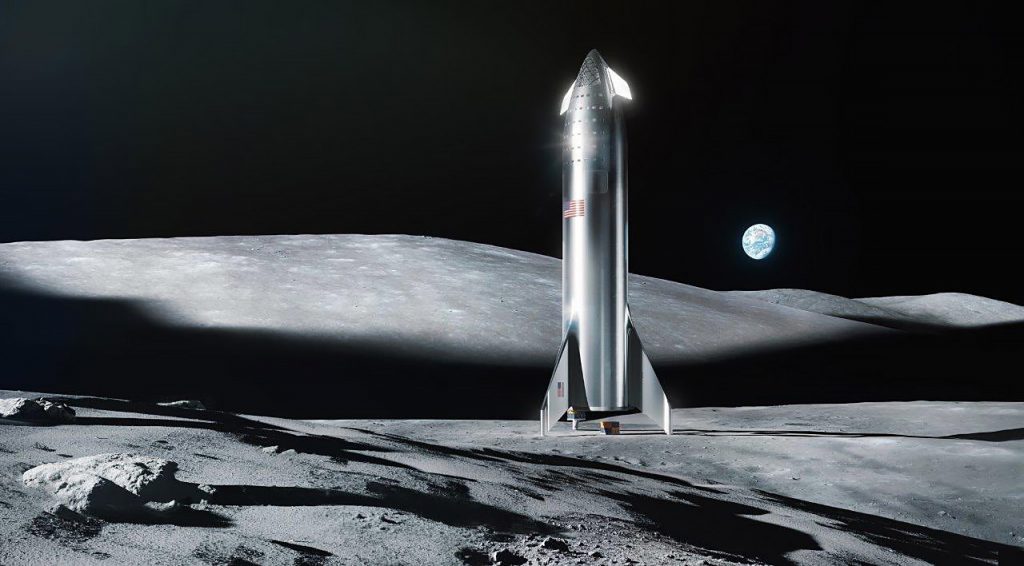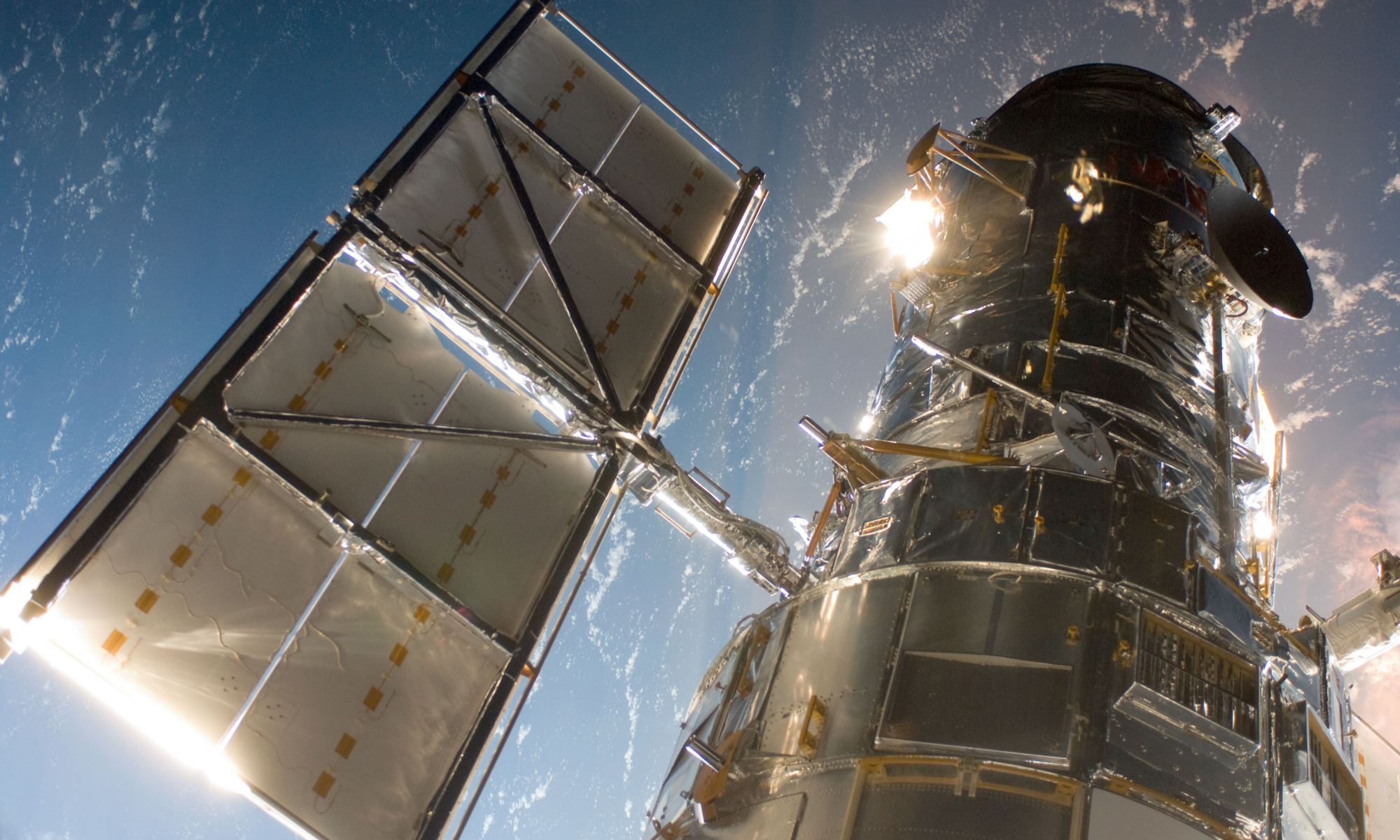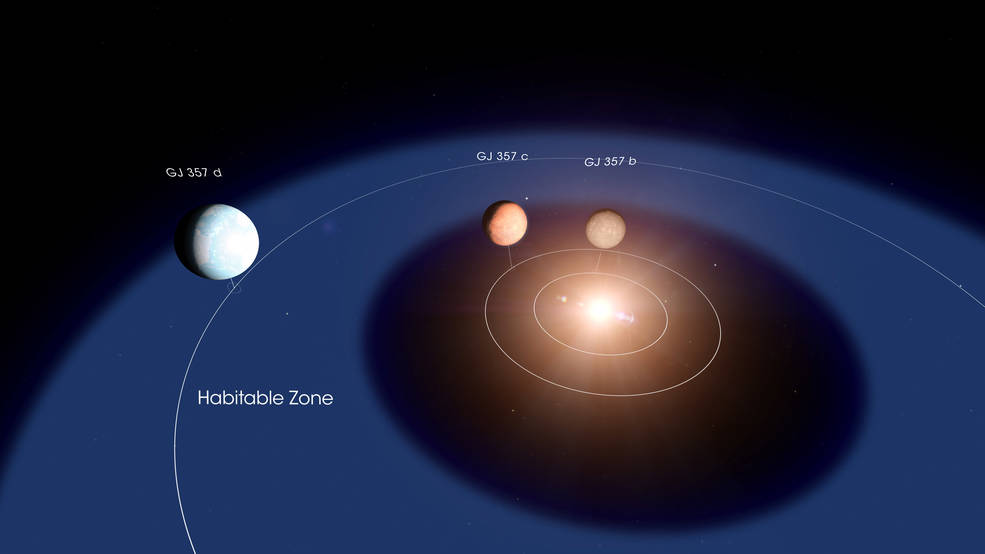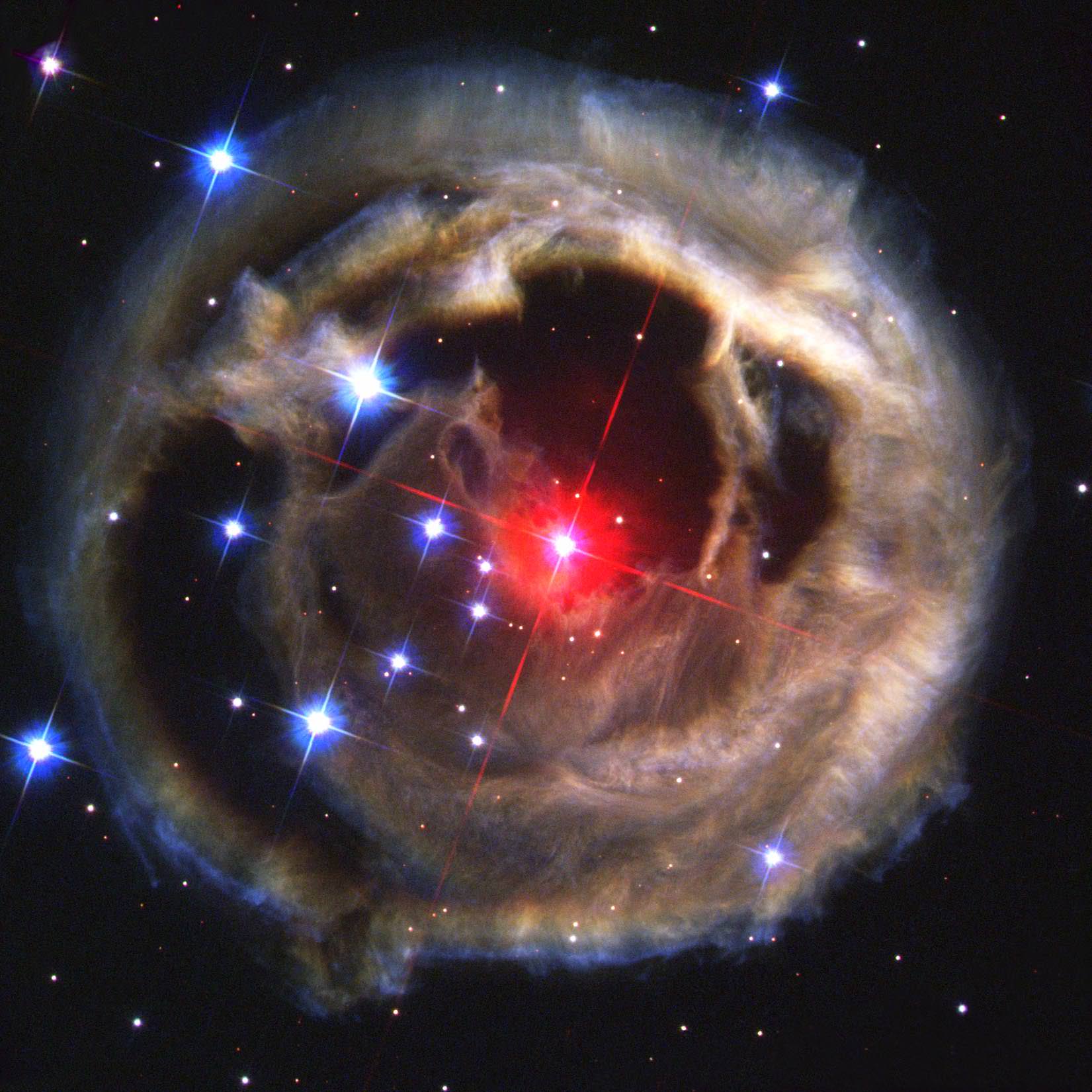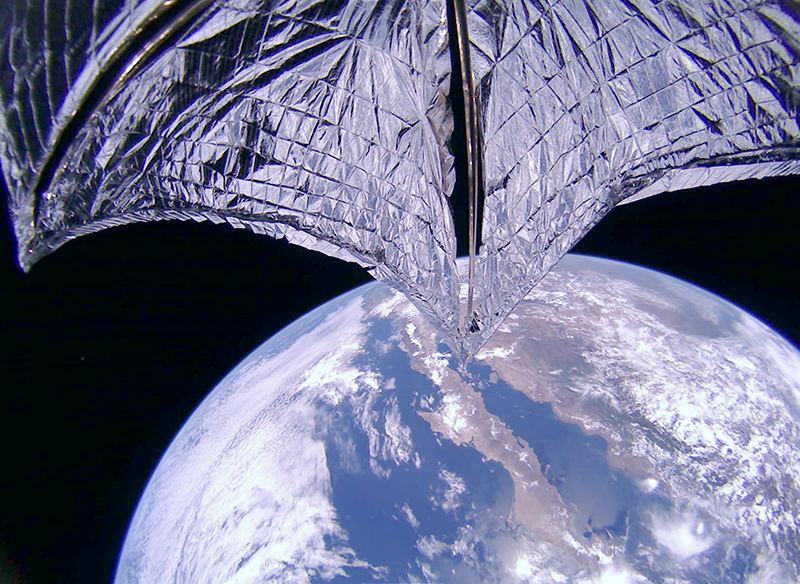On Tuesday, July 30th, NASA announced 19 different partnerships with 13 different companies to use their expertise to help them develop space technologies, from advanced communications systems to new methods of entry, descent and landing.
Instead of contracting out specific projects, NASA will make its employees, facilities, hardware and software available to these companies, for free.
Continue reading “Why Build Big Rockets at All? It’s Time for Orbital Refueling”
